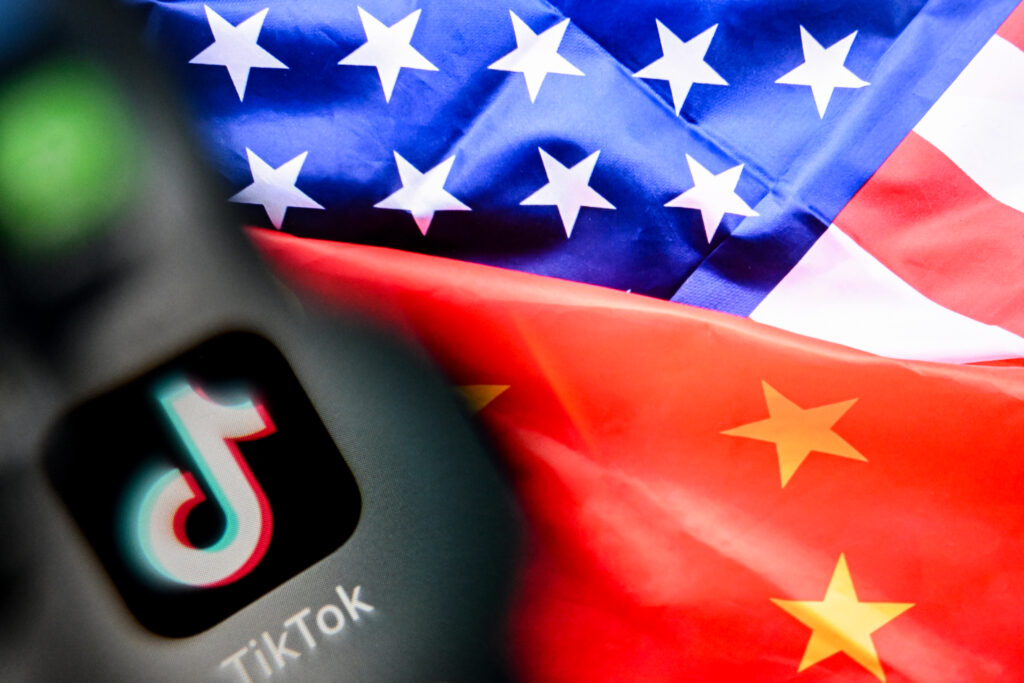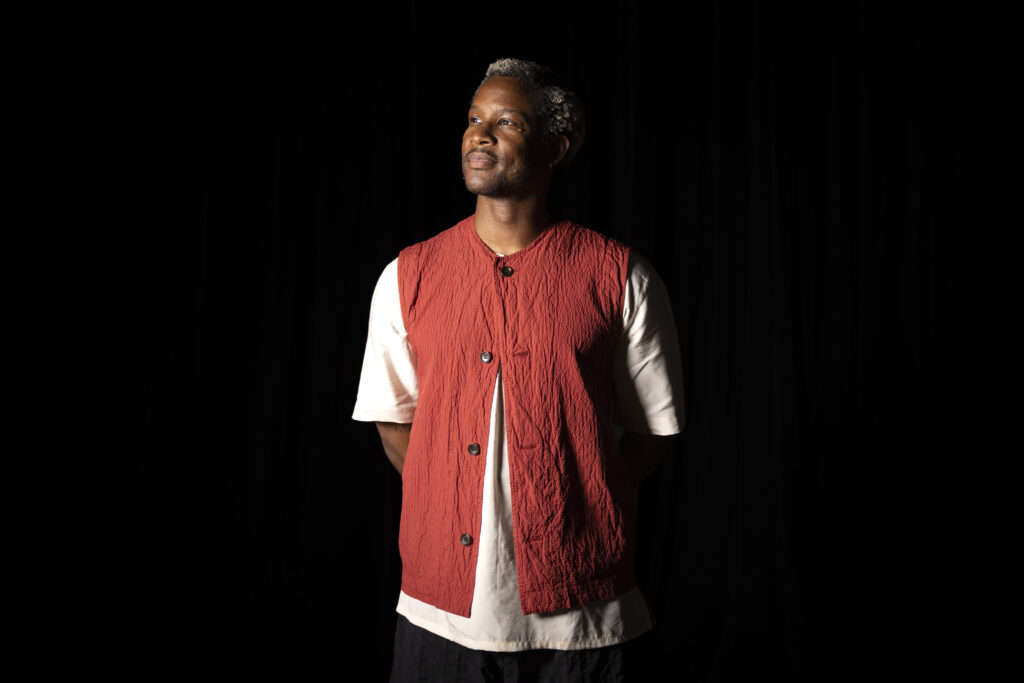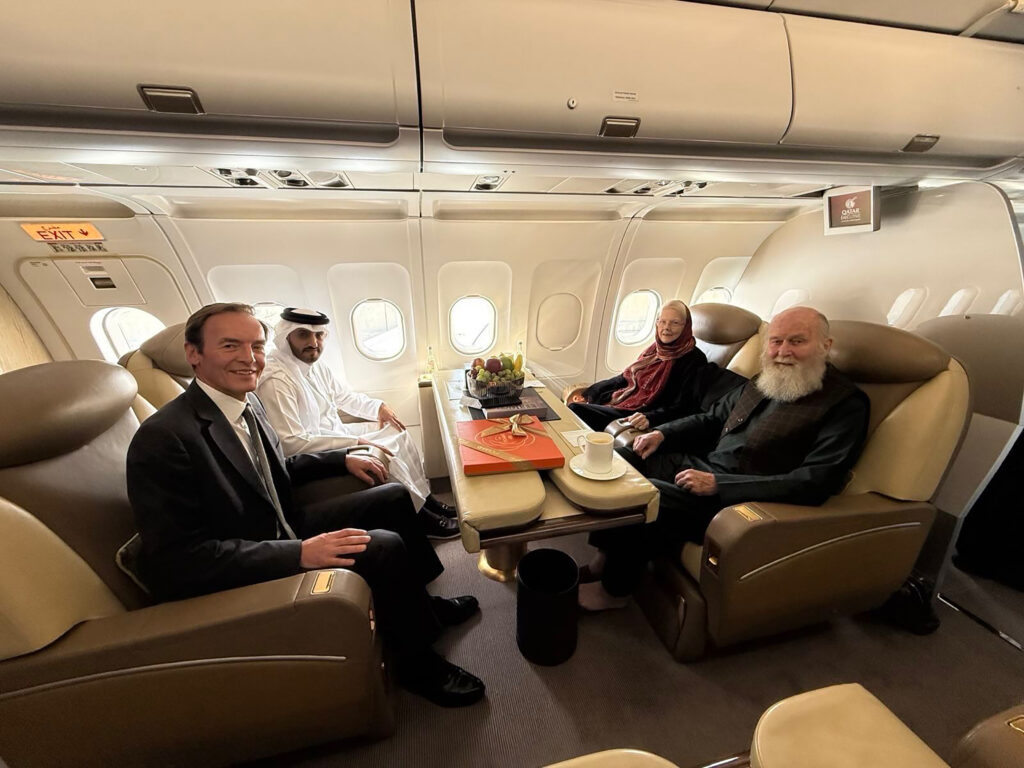Stocks steady, dollar up as Trump and Xi talk
Stock markets steadied and the dollar mostly rose Friday at the end of a week marked by central bank decisions, as attention turned to a call between US President Donald Trump and his Chinese counterpart Xi Jinping.Wall Street’s three main indices were flat or slightly higher in late morning trading, coming off record closes Thursday thanks to another surge in the share prices of technology giants.Europe’s main indices ended the day little changed or slightly lower.”The key event today is the scheduled phone call between US President Trump and Chinese President Xi Jinping,” Sam Cornford, head of trading at broker Ballinger Group, said ahead of the discussion between the leaders of the world’s two leading economies.Shortly before European markets closed, Trump said he made progress in his call on on a deal for the social networking platform TikTok, though he stopped short of announcing a deal.”We made progress on many very important issues including Trade, Fentanyl, the need to bring the War between Russia and Ukraine to an end, and the approval of the TikTok Deal,” Trump wrote on his Truth Social platform.He has repeatedly put off a ban under a law designed to force TikTok’s Chinese parent company ByteDance to sell its US operations for national security reasons.The call came after high-level discussions between Washington and Beijing officials in Madrid, where they addressed trade ahead of a November tariff deadline.Trump said Friday that he would meet Xi at an Asia-Pacific summit in South Korea in just over a month, and visit China himself next year.Trump imposed massive tariffs on China earlier this year, causing severe disruption to the supply chains of many US firms.While the tariffs were lowered temporarily, their lapse could trigger fresh volatility as the US economy shows signs of weakness.Meanwhile, the British pound retreated after official data showed that UK government borrowing had reached its highest level since the Covid pandemic. In Asia, Tokyo led losses among major indices on expectations that Japan’s central bank would hike interest rates this year after leaving borrowing costs unchanged Friday.Before the announcement, official data showed that inflation in Japan, the world’s fourth-largest economy, slowed in August, with rice price increases easing following a spike that had rattled the country’s government.The week also saw a widely expected interest rate cut from the US Federal Reserve as well as reductions by the central banks of Norway and Canada.The Bank of England left its benchmark rates unchanged. – Key figures at around 1530 GMT -New York – Dow: FLAT at 46,127.99 pointsNew York – S&P 500: FLAT at 6,632.74 New York – Nasdaq Composite: UP 0.2 percent at 22,507.25London – FTSE 100: DOWN 0.1 percent at 9,216.67 (close)Paris – CAC 40: FLAT at 7,853.59 (close)Frankfurt – DAX: DOWN 0.2 percent at 23,639.41 (close)Tokyo – Nikkei 225: DOWN 0.6 percent at 45,045.81 (close)Hong Kong – Hang Seng Index: FLAT at 26,545.10 (close)Shanghai – Composite: DOWN 0.3 percent at 3,820.09 (close)Euro/dollar: DOWN at $1.1743 from $1.1785 on ThursdayPound/dollar: DOWN at $1.3476 from $1.3550Dollar/yen: DOWN at 147.90 yen from 147.97 yenEuro/pound: UP at 87.14 pence from 86.96 penceBrent North Sea Crude: DOWN 0.8 percent at $66.92 per barrelWest Texas Intermediate: DOWN 0.8 percent at $63.09 per barrelburs-rl/js



